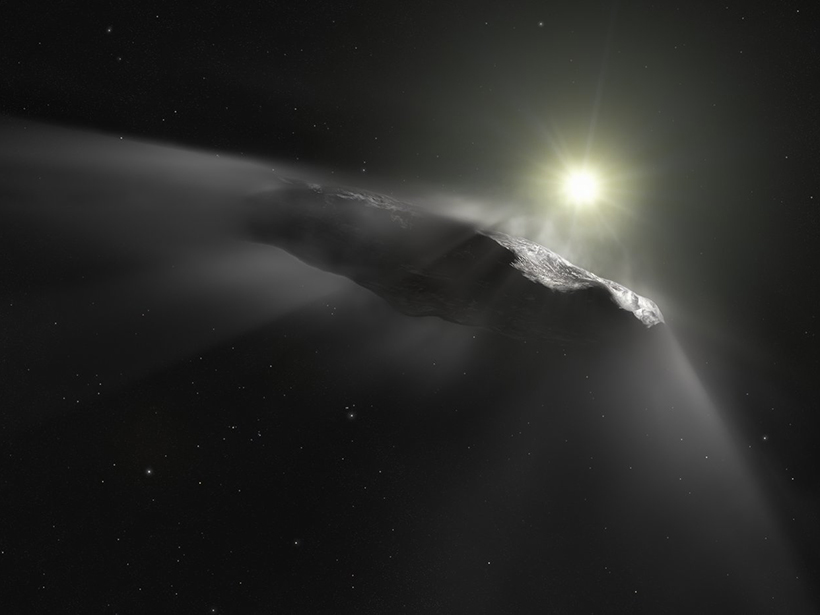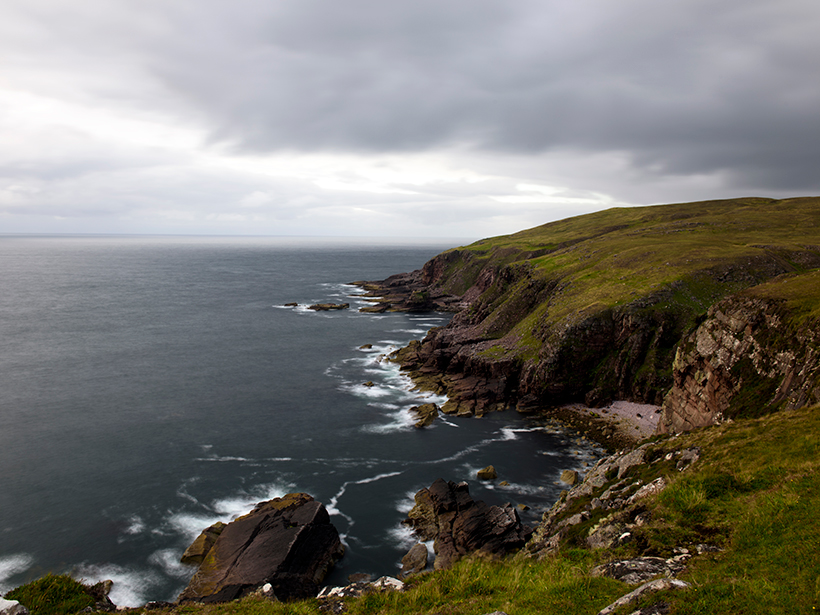A handful of interstellar objects and long-period comets could have scooped up microorganisms from Earth and carried them to worlds around other stars.
Nola Taylor Tillman
Nola Taylor Tillman is a freelance science journalist with a focus on space and astronomy. She has a degree in English and astrophysics from Agnes Scott College and lives in Atlanta, Ga. She has written for publications including Eos, Scientific American, New Scientist, Science, and Discover magazine.
Computers Tease Out Secrets of Jupiter’s Aurorae
Aurorae once classified by human eyes are now being sorted by machines. The change may help astronomers understand how the mysterious features are powered.
Deadly Collision Blows an Asteroid Apart
Active asteroids lurk in the asteroid belt, unseen until they’re blown to smithereens.
Virtual Super Instrument Enhances Solar Spacecraft
The same algorithms that help control self-driving cars and speech-to-text functionality have helped build a virtual instrument to study the Sun.
Set to Music, Exoplanets Reveal Insights on Their Formation
Sonification hints at how some Kepler planets may have been configured in the late stages of their development.
Interstellar Interloper Borisov Looks Like a Regular Comet, for Now
A first look at the chemical composition of the interstellar comet Borisov reveals ingredients that look a lot like those found in solar system comets. That’s not likely to last very long.
Solar Spike Suggests a More Active Sun
Radio waves are providing a new way to probe the Sun and suggest that the magnetic field of its corona may be stronger than long thought.
Moon Sheds Light on Early Solar Spin
Lunar samples reveal that the Sun spun relatively slowly in its first billion years and blasted the Earth and Moon with coronal mass ejections.
The Mystery of the Moon’s Missing Metals
For decades, scientists have tried to figure out why the Moon has a thousand times less precious metals than Earth. Turns out the metals may not have been delivered after all.
The Search for the Impact That Cratered Ancient Scotland
Great Britain’s largest impact crater likely lies in the Scottish Highlands. Scientists dispute whether it’s to the west or the east.










